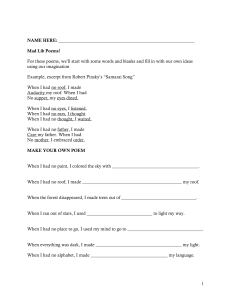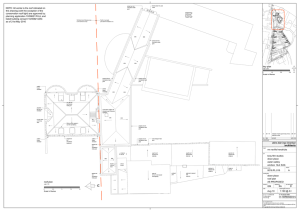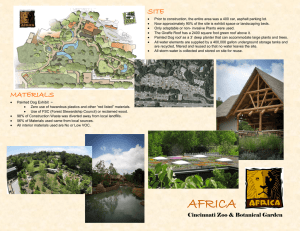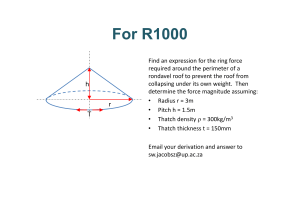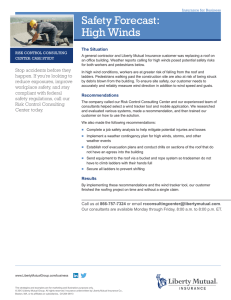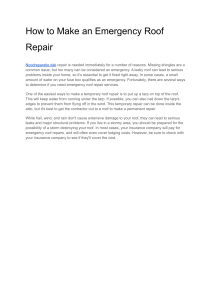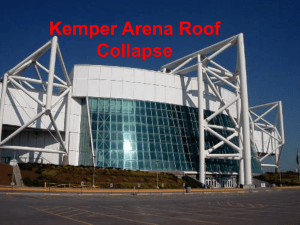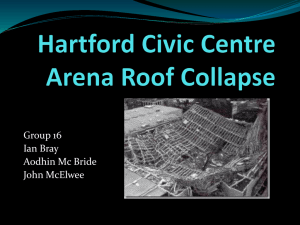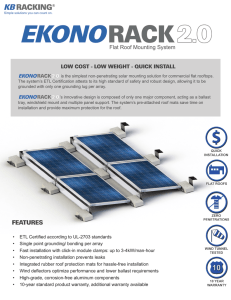Outline for the project
advertisement
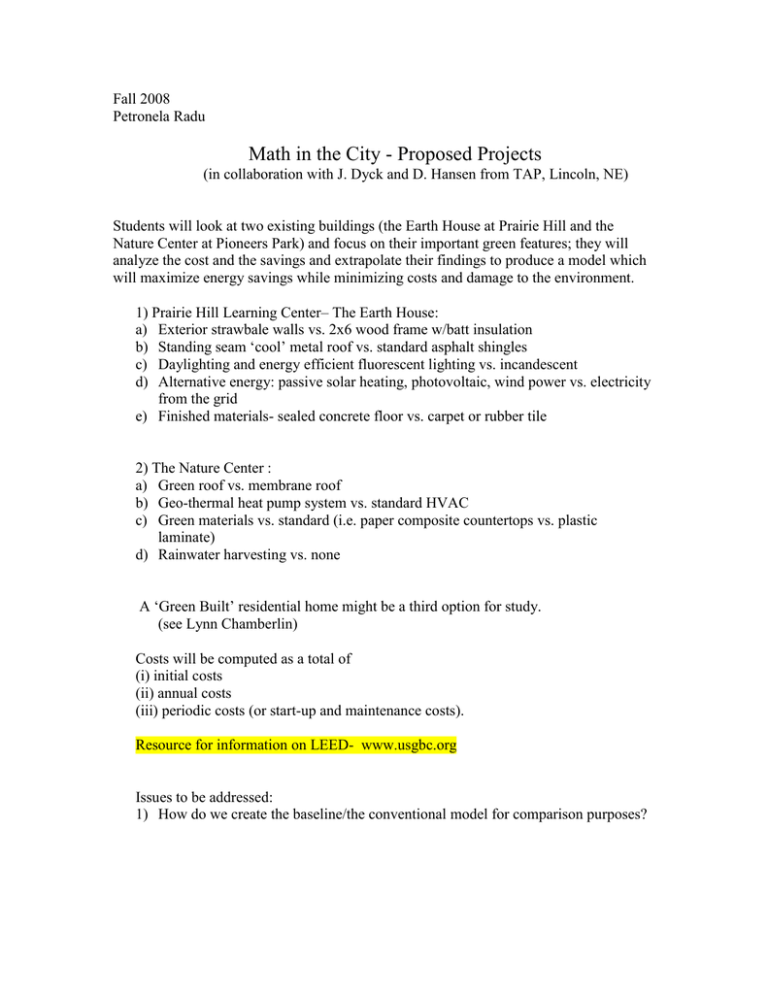
Fall 2008 Petronela Radu Math in the City - Proposed Projects (in collaboration with J. Dyck and D. Hansen from TAP, Lincoln, NE) Students will look at two existing buildings (the Earth House at Prairie Hill and the Nature Center at Pioneers Park) and focus on their important green features; they will analyze the cost and the savings and extrapolate their findings to produce a model which will maximize energy savings while minimizing costs and damage to the environment. 1) Prairie Hill Learning Center– The Earth House: a) Exterior strawbale walls vs. 2x6 wood frame w/batt insulation b) Standing seam ‘cool’ metal roof vs. standard asphalt shingles c) Daylighting and energy efficient fluorescent lighting vs. incandescent d) Alternative energy: passive solar heating, photovoltaic, wind power vs. electricity from the grid e) Finished materials- sealed concrete floor vs. carpet or rubber tile 2) The Nature Center : a) Green roof vs. membrane roof b) Geo-thermal heat pump system vs. standard HVAC c) Green materials vs. standard (i.e. paper composite countertops vs. plastic laminate) d) Rainwater harvesting vs. none A ‘Green Built’ residential home might be a third option for study. (see Lynn Chamberlin) Costs will be computed as a total of (i) initial costs (ii) annual costs (iii) periodic costs (or start-up and maintenance costs). Resource for information on LEED- www.usgbc.org Issues to be addressed: 1) How do we create the baseline/the conventional model for comparison purposes?


